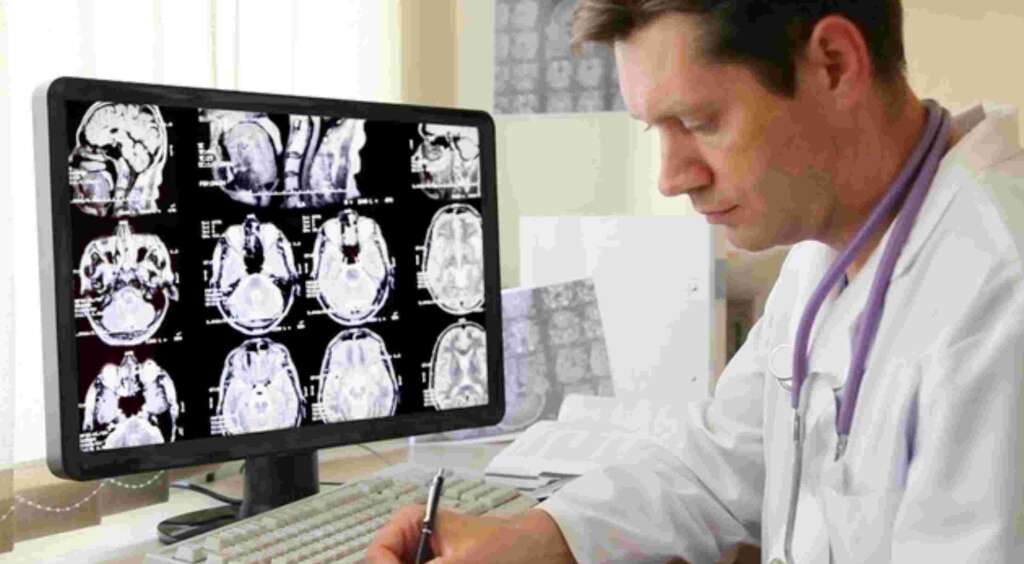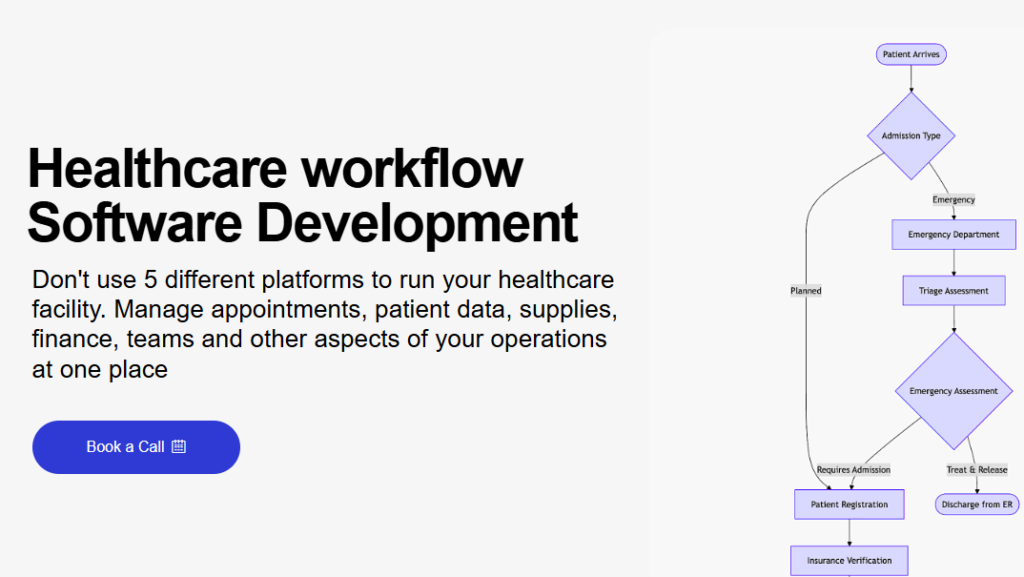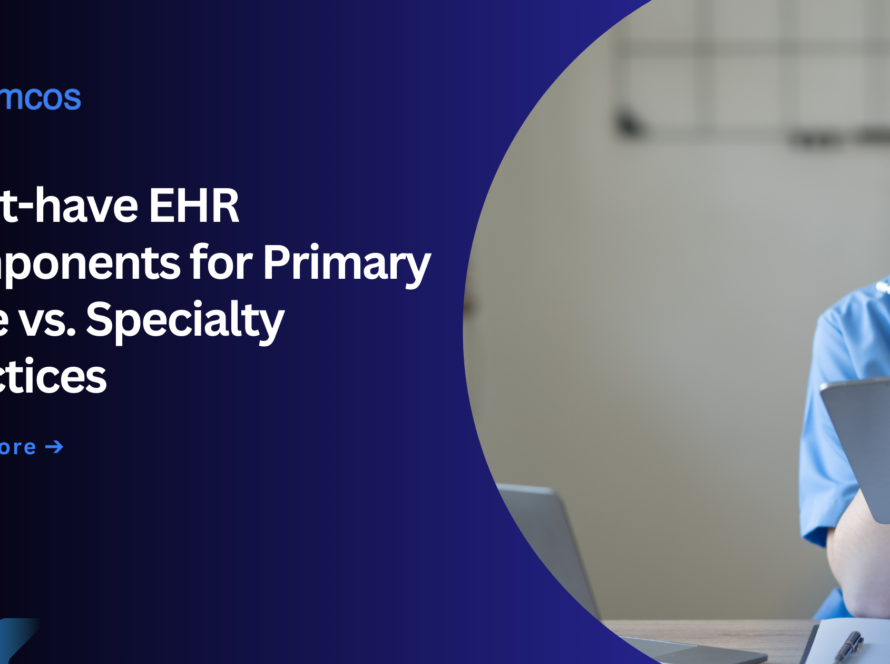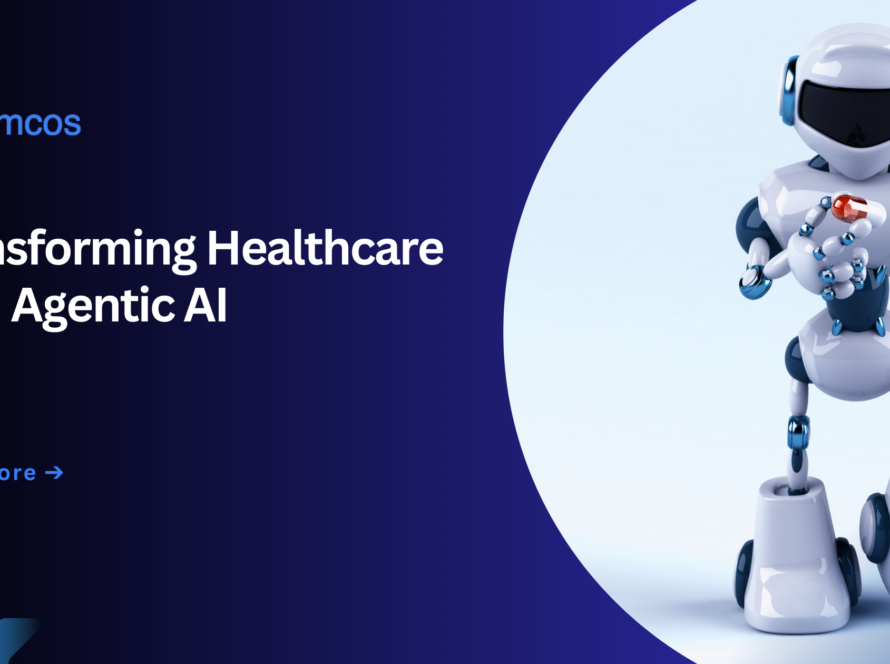Practical approach to translate clinical expertise into effective system requirements
In the complex landscape of healthcare technology, the electronic health record (EHR) systems serve as the backbone of modern patient care. EHR development for non-technical healthcare teams has become a must because nevertheless, the success of these systems does not fully rest with IT departments and software developers. Non-technical healthcare teams play an important role in shaping the nurses, doctors, medical assistants, front desk staff and other-EHR systems that actually meet the patient’s care needs. For small healthcare practices with limited technical resources, this participation becomes even more important. Your clinical expertise is a compass that guides effective EHR development, implementation and adaptation. This blog examines practical, actionable approaches for small non-technical healthcare teams to translate its valuable clinical knowledge into EHR system requirements.
Table of Contents
A) Role of Non-Technical Input in EHR Development
Create disabled workflows that grow instead of reducing documentation time:
Without clinical input, developers design EHR workflows that do not match the actual practice patterns. This forces mismatched physicians to click additional, navigate through unnecessary screens, or manually transfer information between unexpected classes. The result is prolonged documentation time despite the promise of efficiency, the providers are left to spend more time on the computer and contribute to burnouts than patients.
Miss the important data field required for quality care:
Without a strategic EHR development for non-technical healthcare teams, underrated technical teams from clinical requirements leave the required data field which capture important patient information. For example, they include basic significant signals, but special assessments are important for the Miss Field, Specific Risk Factor, or some patient populations for social determinants of health. These omissions create documentation intervals that affect the quality of care and may require cumbersome workarounds or shadow documentation systems.
Apply an alert that causes fatigue rather than improving security:
Without clinical guidance, EHRs often apply excessive or irrelevant alerts that disrupt workflows. These may include drug interaction warnings for clinically insignificant combinations or repetitive reminder for regular care. This bombing of information causes providers to develop “alert fatigue”, where they all begin to ignore alerts, including actually important, to compromise patient safety instead of potentially enhancing it.
Produce reports that do not provide actionable insights:
Technical teams create reporting functions that track irrelevant to real clinical practice or introduce data in forms that do not facilitate decision making. For example, they generate long spreadsheets of raw data instead of visual trends, or focus on administrative matrix, recalling measures of clinical results that will actually help improve the quality of care.
Current interfaces that actually take care, do not match:
When designed without clinical input, the EHR interface often fails to reflect the actual care delivery pattern. Screen separate the related elements that doctors need to view together or organize information when information-based outfits are more effective or organize information. These provide the providers to mentally reorganize information, increase cognitive loads and risk left information.

B) Map your clinical workflows before technical specifications
Travel to the patient from check-in to check-out:
This process creates a broad view of how patients run through your practice, including all touchpoints and information exchange. By documenting each task really, when they do this, and how the information flows between the team members, you identify the full sequence of events that should support your EHR, to disclose the connection that may be ignored in otherwise silent departmental thinking.
Identify pain points in current processes:
This important analysis shows where existing processes break up or cause disabilities highlighting a major need for EHR development for non-technical healthcare teams. By checking the bottlenecks, excesses and communication failures systematically, you indicate specific areas where an EHR creates the most important improvement. These pain points often reveal hidden costs – such as employees spend in searching for missing information or incorporating conflicting data – which must address an effective EHR implementation.
Create workflow diagrams:
Visual representatives convert complex processes into clear, easily understood flowcharts for all stakeholders reference. These diagrams serve as a shared reference points during the discussion with the technical teams, making sure that everyone understands how information goes through your practice. They help identify excesses, decision points and procedure variations that are remembered in oral details alone, making an foundation for effective system design.
Give priority to workflows:
This strategic assessment first concentrates limited resources on the most important processes. By evaluating the workflows based on the patient’s care, regulatory compliance, revenue cycles and their impact on the satisfaction of the employees, small practices develop a phased implementation approach. This prevents heavy employees with several changes simultaneously, ensuring that the most essential tasks attract enough attention during development and testing.
C) Translating clinical requirements for technical requirements
Focus on results, not facilities:
This approach transfers interaction from specific technical implementation to fundamental problems that need to be solved. By describing the desired results – such as low documentation time or better data accessibility – instead of determining technical solutions, you give the developers flexible to suggest the optimal approach, suggesting that they understand your real needs. This wrongly prevents resources on attractive but unnecessary characteristics, ignoring important functionality.
Use solid patient scenarios:
The patient landscape provides relevant understanding that abstract requirements cannot be expressed. From walking through realistic examples – with medical history, presenting complaints, and meeting the needs of treatment – you help technical teams understand the clinical argument behind information needs. These landscapes display complex relations between various data elements and reveal the lack of time that may not be clear in the discussions of general requirements.
Develop a shared vocabulary:
This reference document builds the terminology difference between the clinical and the technical world. You prevent misunderstandings with technical teams by defining clinical words such as “soap notes” or “heads measures” in plain language. Similarly, the words such as “API” or “data migration” describes developers, ensuring effective communication to all stakeholders. This vocabulary develops throughout the project, which becomes a valuable onboarding tool for the new team members.
Determine the quantity when possible:
Specific matrix convert vague complaints into actionable requirements. By measuring procedures – such as in search of time spent time spent information or error rate – you provide solid goals to developers for improvement. This permutation helps prioritize development efforts by exposing the most time-taking or error-prone activities, and installs a clear benchmark against which to measure the success of the implemented system.

D) Collecting requirements: Practical methods for small teams
Daily pain point log:
This simple tool captures despair and disabilities at that time, which prevents important details from forgetting. By placing physical or digital logs in accessible places, employees quickly document specific issues without disrupting the workflow. These contemporary notes provide authentic, detailed examples of systems of system, which are glowed in the retrospective discussions, allowing a dedicated meeting to become a rich source of opportunities for improvement without the need of the time.
Shadow session:
This observation technique shows how employees actually interact with the system, not only how they describe their interactions. By using existing technology of a specified supervisor watch, practices identify disabled workarounds that users may not identify or mention. These sessions often manifest stunning patterns, such as the toggling information between multiple screens should be presented together to present the information together, providing significant insights to the new system design.
Patient travel mapping session:
These concentrated meetings bring representatives of various roles together to analyze specific clinical routes. Particularly by examining patient types, diabetic check-ups or new patient onboarding-tams identify unique information needs and handoff points for each landscape. This targeted approach better uses limited staff time compared to discussions of general requirements and ensures that general clinical scenarios are fully supported.
Screen capture documentation:
Visual evidence provides accurate documentation of interface problems that are difficult to describe orally. By capturing the recordings of a screenshot or problematic workflow, the employees show exactly where the system fails rather than trying to explain complex issues. These views become powerful communication tools to work with technical teams to work with technical teams, to eliminate ambiguity and look at the accurate problem requiring fixing.
Preference Matrix:
This simple assessment tool helps teams make strategic decisions to address which requirements first to address. By rating the potential reforms on both effect and implementation difficulty, the practices identify “quick victory” (high impact/low difficulty) and avoid getting caught in complex changes with minimal advantages. This structured approach prevents the tendency to focus on the most recently experienced problems regardless of their overall importance.

E) Testing and verification
Emphasis on prototype test:
The initial visual prevents expensive mistakes by identifying design defects before full development. By testing simplified mockups or prototypes with real clinical landscapes, teams evaluate whether the proposed interface will work in behavior. This approach allows for significant adjustment when changes are still relatively easy and inexpensive, rather than searching for fundamental problems after significant development.
Create a test script based on real patient scenarios:
Structured tests ensure intensive evaluation of system capabilities in realistic conditions. By developing step-by-step processes using authentic patient examples, the practices verify that EHR manages complex cases correctly. These scripts should include both routine and edge cases, ensuring that the system works not only for specific patients but also for complex conditions that are usually ignored otherwise in general testing.
Apply staged rollouts:
By prioritizing the main functions for initial signs, the practices ensure that the necessary operations continue smoothly while the employees are adapted to the new systems. This approach allows teams to identify and address problems with fundamental components before connecting complexity, which often prevents heavy confusion with comprehensive “Big Bang” implementation.
Establishment of response loops:
Continuous improvement depends on the structured mechanism for reporting issues. By creating a clear channel – whether simple forms, regular meetings, or designated contact – to report problems for employees and suggest enrichment, ensure the practices that EHR develops to meet better needs. These feedback systems should be accessible to all users and include the tracking mechanisms to ensure that the reports reported do not fall through the crack.
F) Maintaining speed: Post-Implementation Involvement
Regular adaptation review schedule:
The structured evaluation prevents the stagnation and decline of the system. By dedicating quarter time to review the EHR performance against clinical requirements, practices ensure continuous improvement rather than allowing initial boundaries to become permanent fixtures. These reviews should examine both quantitative measures and qualitative reactions, both quick improvement and long -term growth opportunities.
Talk of track matrix:
Meaningful measurement guide ongoing improvement. By monitoring clinically relevant matrix – such as documentation time, order completion rate, and patient communication effectiveness – Prospectus identify whether EHR is receiving its intended benefits. These matrix should be connected directly to practice goals and reviews to review regularly, before they greatly affect operations.
Celebrate successes and accept challenges:
The balanced assessment maintains the team’s morale during the reform process. By identifying both achievements and ongoing difficulties, practices create an environment where employees feel comfortable providing honest response. This approach prevents both improper pessimism that reduce adoption and false optimism that needs to pay attention to the actual problems.

Why is Himcos your reliable partner for Healthcare Software Development?
Himcos builds cloud-native, AI-powered software solutions to transform clinical and financial data into actionable insights. We deliver innovation within a planned financial framework for maximum value in every development sprint. Having planned workflows in your software prevents team burnout and improves productivity. We bring patient data together from EHRs, labs, imaging and pharmacy systems by integrating systems. This gives healthcare teams quick access to all the information they need for better decisions and personalized care.

From Clinics to Large Medical Facilities, our solutions safeguard sensitive patient data with encryption, access controls and routine compliance checks. We also implement disaster recovery plans to ensure data is protected and quickly restored during disruptions, minimizing downtime and maintaining care continuity. Himcos’ healthcare workflow development services bridge cross-module healthcare data to eliminate silos and bottlenecks for unified patient journey.



